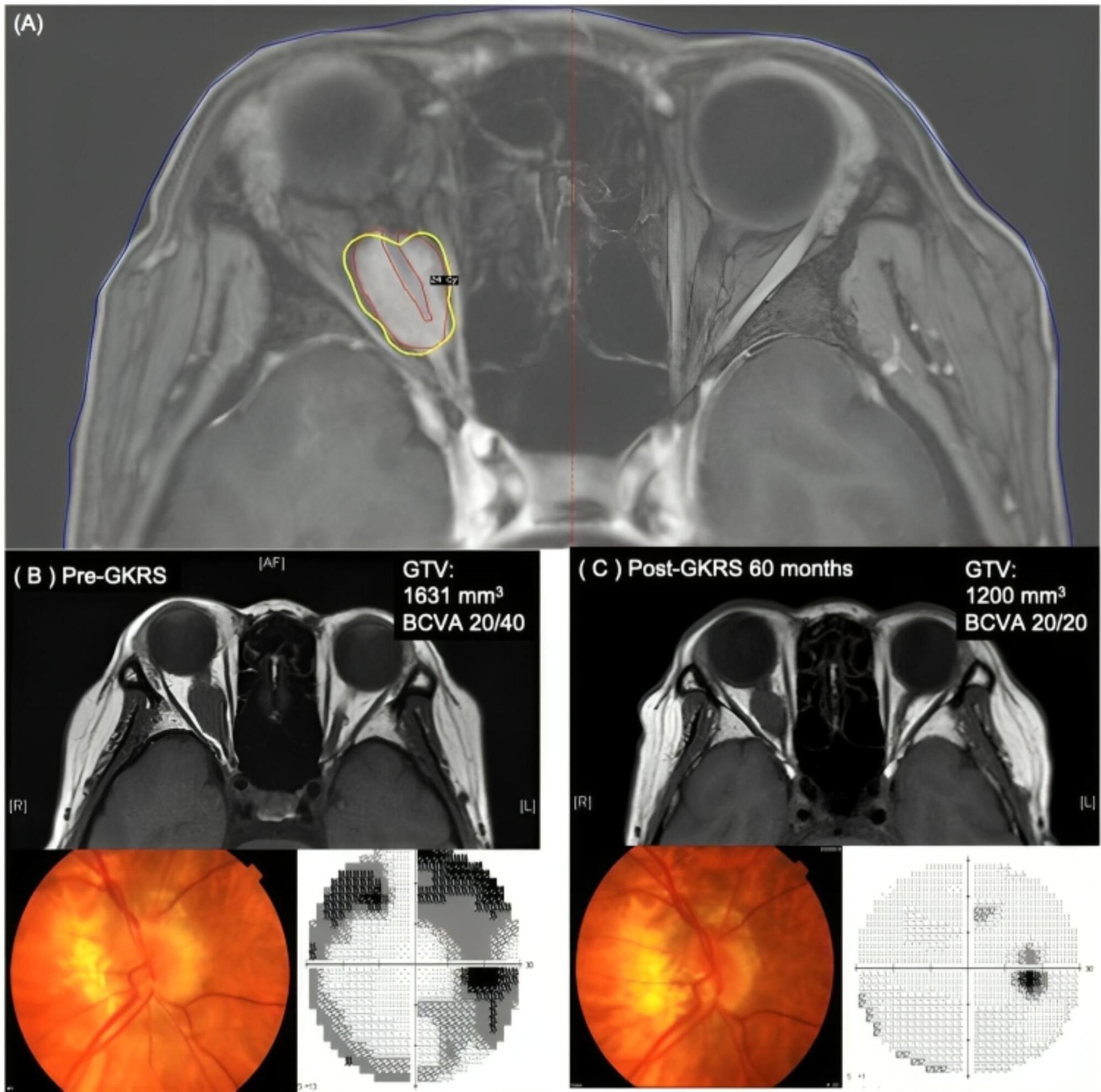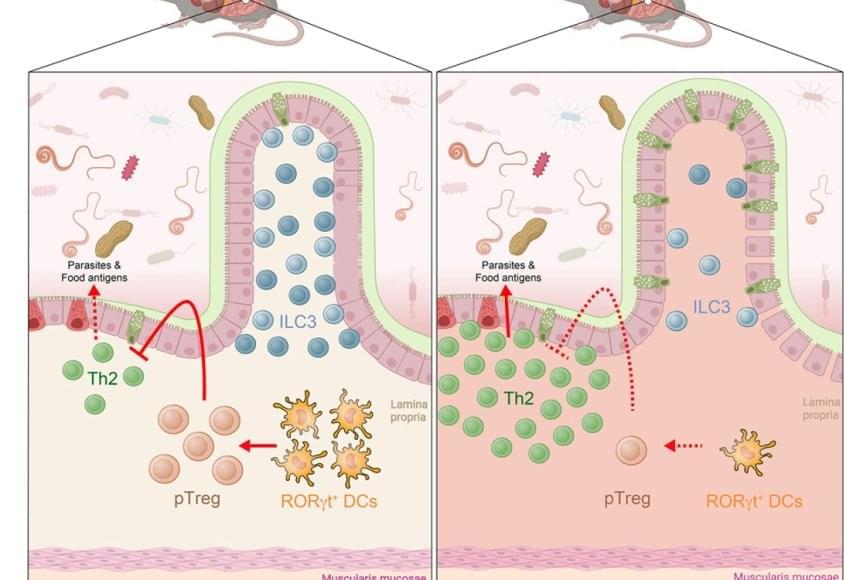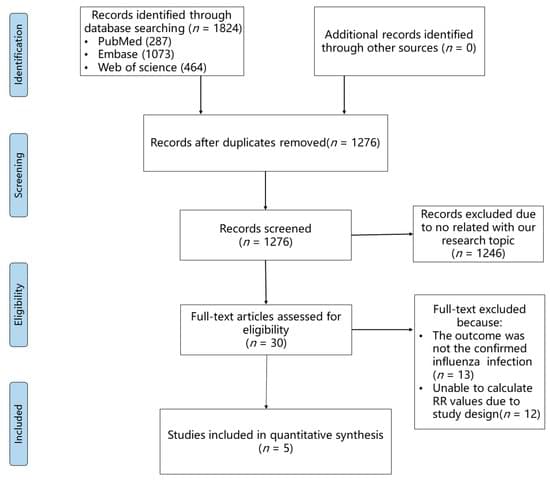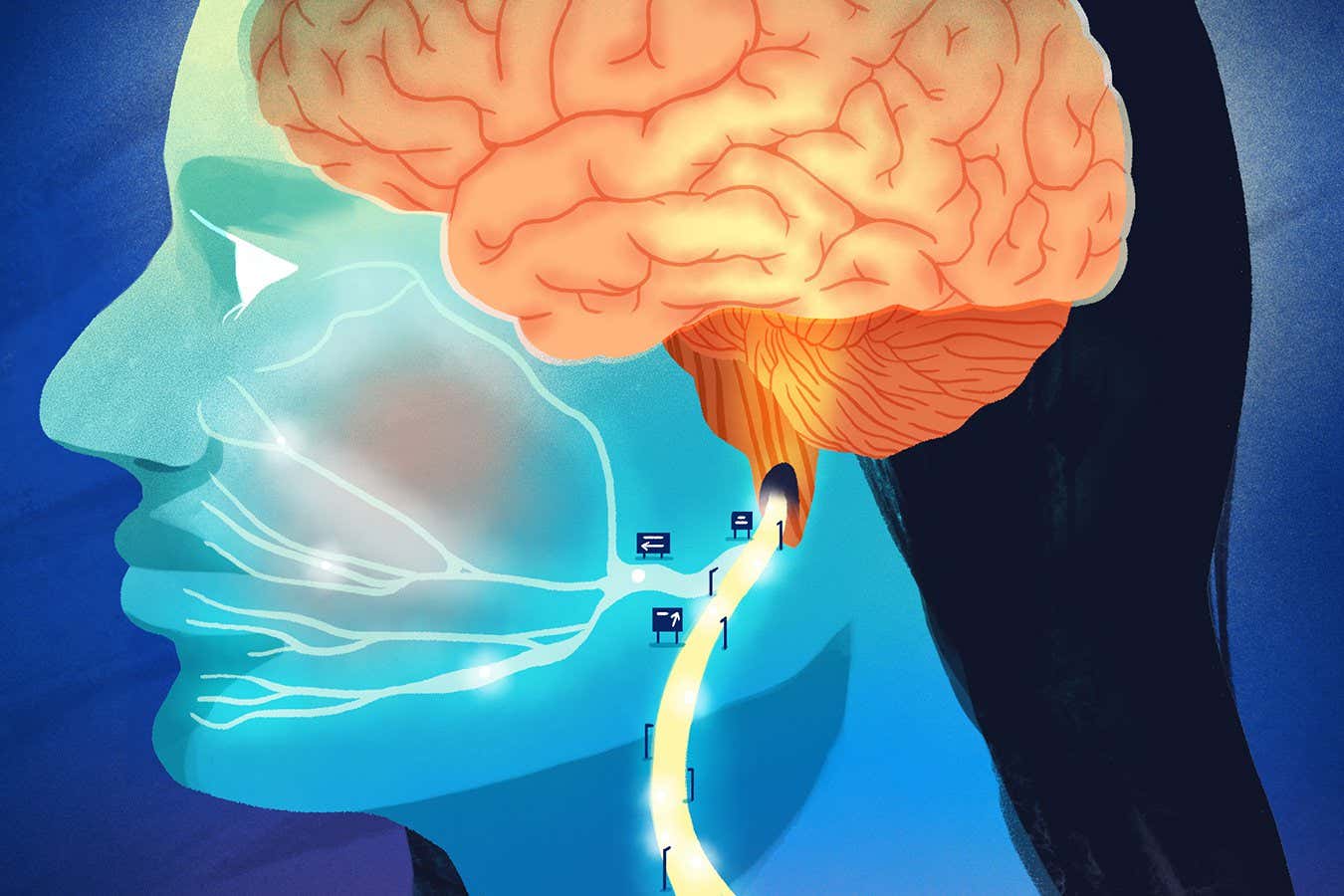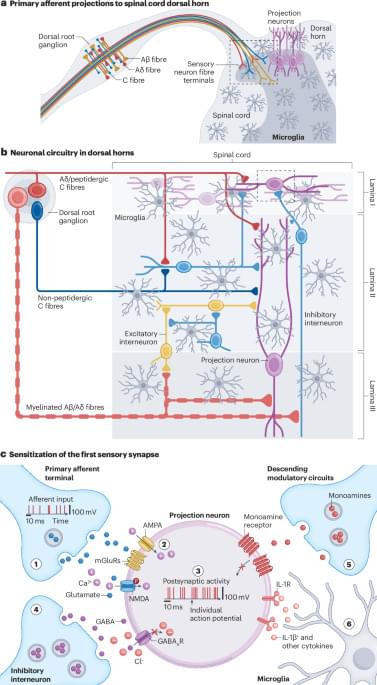How does the brain work? Where, and when, and why do neurons connect and send their signals? Scientists have created the largest wiring diagram and functional map of an animal brain to date to learn more. Research teams at Allen Institute, @BCMweb and @princeton worked together to map half a billion synapses, over 200,000 cells, and 4km of axons from a cubic millimeter of mouse brain, providing unparalleled detail into its structure and functional properties. The project is part of the Machine Intelligence from Cortical Networks (MICrONS) program, which seeks to revolutionize machine learning by reverse-engineering the algorithms of the brain. Research findings reveal key insights into brain activity, connectivity, and structure—shedding light on both form and function—within a region of the mouse visual cortex that plays a critical role in brain health and is often disrupted in neurological conditions such as Alzheimer’s disease, autism, and addiction. These insights could revolutionize our ability to treat neuropsychiatric diseases or study the influence of drugs and other changes on the brain.
This extraordinary achievement begins to reveal the elusive language the brain uses to communicate amongst its millions of cells and the cortical mechanisms of intelligence—one of the holy grails of science.
Learn more about this research: https://alleninstitute.org/news/scien… open science data: https://www.microns-explorer.org/ Explore the publications in Nature: https://www.nature.com/immersive/d428… Follow us on social media: Bluesky — https://bsky.app/profile/alleninstitu… Facebook — / alleninstitute X —
/ alleninstitute Instagram —
/ alleninstitute LinkedIn —
/ allen-institute TikTok —
/ allen.institute.
Access open science data: https://www.microns-explorer.org/
Explore the publications in Nature: https://www.nature.com/immersive/d428…
Follow us on social media:
Bluesky — https://bsky.app/profile/alleninstitu…
Facebook — / alleninstitute.
X — / alleninstitute.
Instagram — / alleninstitute.
LinkedIn — / allen-institute.
TikTok — / allen.institute
